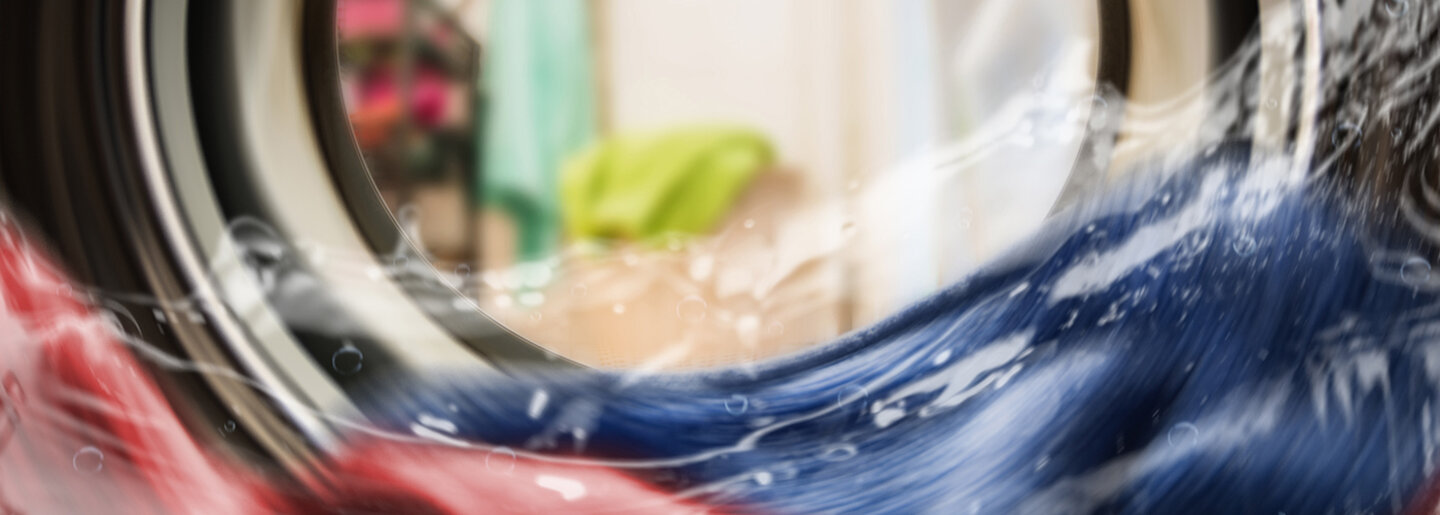For maintenance recommendations for Trevira CS textiles in English and German, please go to the Trevira CS webpages of Indorama Ventures.
Under Trevira CS: Maintenance Guidelines click on ‘Explore more’ to view and download the maintenance recommendations.

